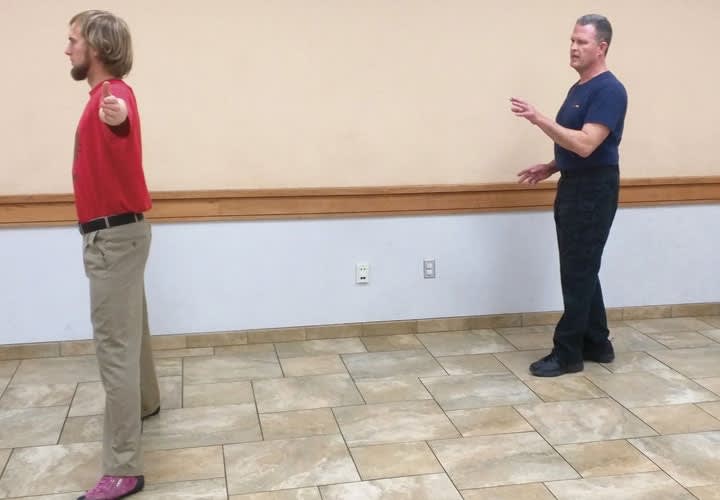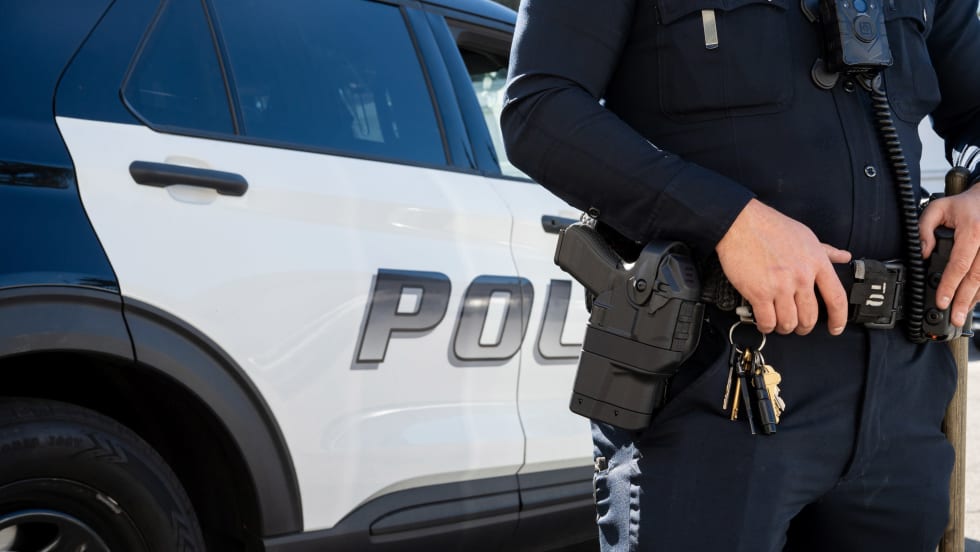This particular use of balance manipulation can also interrupt subjects' abilities to observe, orient, decide, and act (OODA) by compelling them to focus on their own diminished stability. In addition, JET trains officers to use subject responses to their commands as a deliberate test to gauge the subjects' level of compliance and possible intentions.
The entire process to this point is designed to subtly, yet powerfully, create tactical advantages that will enable officers to proceed more effectively and safely. Only after officers have shifted as many of these critical "advantages" as possible into their favor do they close tactical distance and initiate physical contact with the subject.
Initial Contact
Approaching subjects to initiate physical contact generally represents one of the most dangerous moments in arrest situations. If officers can first reduce subjects' capabilities for resistance or escalation before closing the gap, then they significantly improve the likelihood of gaining rapid and effective control.
To initiate contact, approach from behind, whenever possible, and take more of the subject's balance at the moment of physical contact to further minimize the subject's ability to move, resist, or escalate. A sweeping initial contact movement is used to sway the subject's back a bit more and further shift his or her weight onto the back-outside edges of the feet. This fluid, subtle action makes it more challenging for the subject to move or resist. While it doesn't completely eliminate the possibility of resistance or escalation, the method causes any subject movement to be widely telegraphed to the officer and slower. It's important to note here that the method is not violent, threatening, or painful in any way; in fact, subjects are usually "swept" into the position before they realize it's happening.











